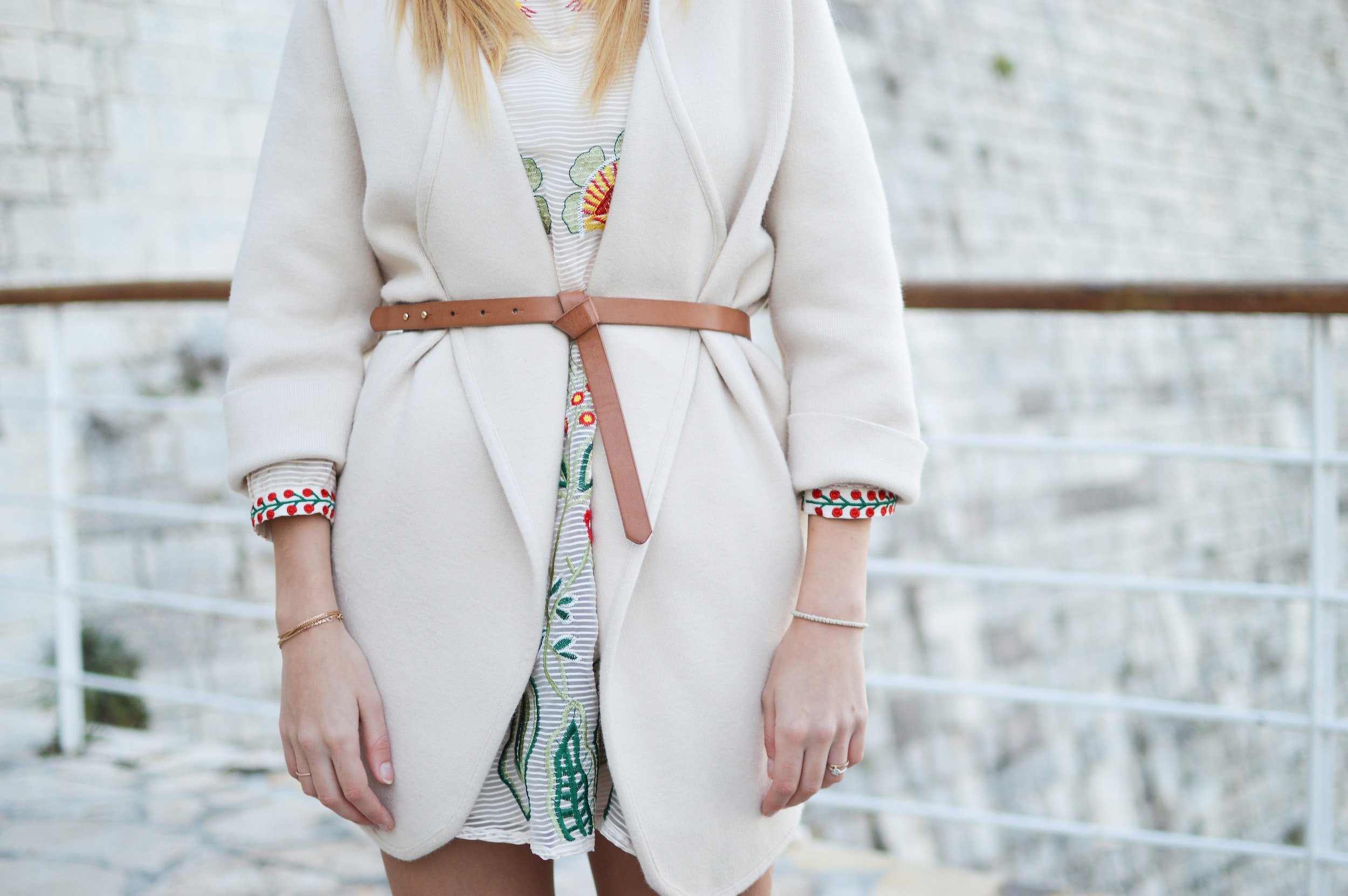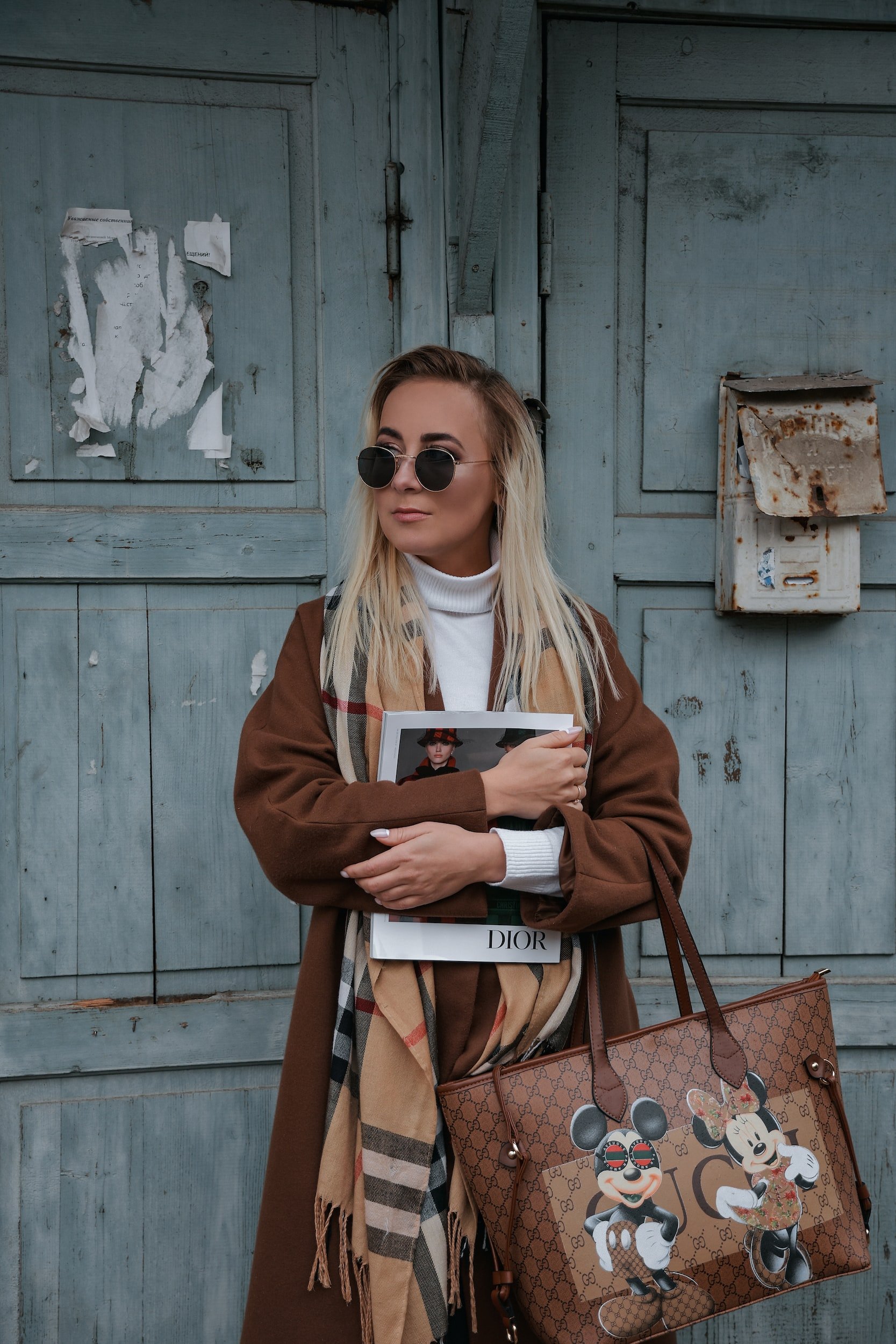The State Of Fashion 2023: 56% Of Industry Leaders Brace For A Slowdown
By PAGE Editor
Key insights from The State of Fashion 2023 released by The Business of Fashion and McKinsey & Company today.
The war in Ukraine, rising inflation, and supply chain pressures are the biggest threats to the fashion industry in the run-up to a challenging year ahead.
The Middle East and North America are expected to have the highest growth potential in 2023, as executives deprioritize countries like China in the short term.
The industry will be buoyed by luxury, with global sales in this category expected to grow up to 10% in 2023, compared to up to 3% for the rest of the industry.
Today, The Business of Fashion (BoF) and McKinsey & Company released The State of Fashion 2023 on day two of BoF VOICES, BoF’s annual gathering for industry big thinkers. The report reveals the industry is headed for a global slowdown; the combination of the war in Ukraine, rising inflation, and supply chain pressures is creating a bleak picture for the year ahead. As a result, 56% of fashion executives expect conditions to worsen in 2023.
Opportunities in the face of a global slowdown
The fashion industry recorded a strong recovery emerging from the pandemic. Global industry revenue in 2021 grew 21% year on year and continued to climb in the first half of 2022, with revenue increasing by 13%. However, a number of unprecedented challenges chipped away at any gains and slowed progress as the year progressed.
The war in Ukraine, which began in February, sent shockwaves through the industry and triggered an energy crisis across Europe. Industry leaders have had to navigate an increasingly fragile global economy, with serious repercussions for the industry in 2023. 85% of fashion executives predict inflation will continue to be a challenge next year and 58% believe the energy crisis will continue to weaken the market. Global GDP growth is expected to slow to approximately 2.2% in 2023 and the threat of recession looms over many major economies.
While the report predicts an overall slowdown for the industry, there are some opportunities. Sales of luxury fashion are expected to grow globally between 5% and 10% in 2023, compared to between negative 2% and positive 3% for the rest of the industry. Fashion companies overall have been able to build robust foundations in 2021 and in the first half of 2022 to help them weather the storm; the proportion of “value-destroying” companies (that is, those generating a negative economic profit) is now at its lowest since 2013.
Changing consumer behavior
Rising inflation in many major economies has created a cost of living crisis that is leading many consumers to reassess, and even dramatically change, their spending habits. Nearly three-quarters of US consumers sought out lower-cost brands or lower-priced products between April and July 2022. The pressure is on brands to remain attractive to consumers given the tough economic environment.
Higher-income households will be less affected by this crisis than lower-income households and will continue shopping for luxury goods in particular; lower-income households will look to cut back or even eliminate discretionary spending on items like fashion. Many consumers will likely shop at value retailers and discounted stores.
Regional refocus
The uncertain economic landscape means fashion companies will reassess the geographies in which they operate, potentially deprioritizing certain countries or regions while pivoting to others that offer greater potential. Notably, the economy in China — long considered an industry growth engine — is predicted to slow in 2023, with GDP rising just 3.2% compared to an 8.1% rise in 2021, leading some fashion executives to seek out opportunities elsewhere, at least over the short term.
When identifying markets with the same or more promising growth prospects in 2023 than the previous year, 88% of executives cite the Middle East. The luxury market in the Gulf Cooperation Council (GCC) is expected to generate $11 billion of sales in 2023, with 60% of luxury spending among GCC consumers occurring domestically.
In addition, 50% of fashion executives are expected to increase their companies’ footprint in North America next year. Overall US retail is expected to close 2022 with sales at a two-decade high. Meanwhile, Japan and South Korea are renewing their reputations as dependable growth drivers in the Asia-Pacific region.
Tackling greenwashing
As the industry grapples with its damaging environmental and social impacts, how brands communicate their sustainability credentials to consumers will be under scrutiny as they attempt to steer clear of accusations of “greenwashing.” Meanwhile, 79% of fashion executives cite the lack of industry-wide standards to help them assess their sustainability performance as the greatest hurdle in improving how consumers perceive their efforts.
New and emerging regulations prohibiting greenwashing require greater vigilance from brands about the sustainability information they share. For example, in France new legislation expected in 2023 will require brands to label clothing and textiles that display each item’s environmental “score” in order to help consumers make more informed purchase decisions.
Imran Amed, Founder and CEO of The Business of Fashion, said: “The global economy is facing one of its toughest years ahead — with rising inflation, the cost of living crisis, and the continued fallout from the war in Ukraine creating a ‘polycrisis’ requiring careful cost management and focused growth strategies to seize on pockets of opportunity in the luxury segment -- especially in the Middle East and in Asia-Pacific, alongside resale, rental and the discount market for customers who are trading down.”
Achim Berg, Senior Partner, Global Leader of McKinsey’s Apparel, Fashion and Luxury Group, said: “Just as the fashion industry was about to recover from Covid-19 with global industry revenue growing 21% in 2021 and the average EBITA margin climbing 6 percentage points, the deteriorating macroeconomic and geopolitical conditions have weighed heavily on the industry in the second half of the year 2022. While the industry’s strong performance — with 13% revenue growth in the first half of 2022 — provides a solid foundation, we expect 2023 to remain challenging: Global fashion sales growth will be driven by the luxury segment — up to 10%, compared to up to 3% for the rest of the industry.”
themes set to shape the fashion industry in 2023
Global Fragility: A range of destabilising factors, including heightened geopolitical tensions, continue to weaken an already fragile world economy, with global GDP expected to fall to approximately 2.5% in 2023.
· 56% of fashion executives expect conditions in the industry to worsen in the year ahead.
Regional Realities: The world map of growth opportunities for fashion brands has shifted, with regions like the Middle East and countries like the US emerging as priorities for the year ahead.
· Half of fashion executives expect to expand their companies’ footprint in North America in 2023.
Two-Track Spending: Inflation will challenge consumer behavior. While high-income shoppers with savings, access to credit and greater job security will continue spending on fashion, lower-income consumers will tighten or cut discretionary spending.
· 74% of US fashion consumers opted for less expensive brands or products between April and July 2022.
Fluid Fashion: As the lines between menswear and womenswear are increasingly blurred, brands have an opportunity to rethink business processes and operations in order to tap into this evolution.
· Half of Gen-Z consumers have purchased fashion outside of their gender identity
Formalwear Reinvented: Formalwear for special occasions is expected to be the most resilient fashion category, as consumers rethink how they dress for the office and special events.
· 39% of fashion executives expect sales of occasion wear to be among the top three growth categories in 2023
DTC Reckoning: Digital marketing costs are increasing as e-commerce growth rates normalize after the pandemic highs, making it challenging to build a sustainably profitable online DTC business.
· One-third of fashion executives cite challenges to direct-to-consumer channels as one of the top themes that will impact their business next year
Tackling Greenwashing: The European Commission's strategic roadmap to make textiles more durable and recyclable by 2030 is homing in on greenwashing, while consumer watchdogs in Europe are keeping a close eye on the sustainability claims of fashion brands.
· 79% of fashion executives cite the lack of industry-wide standards to help them assess their sustainability performance as the greatest hurdle to improving how consumers perceive their efforts to reduce harm to the environment
Future-Proofing Manufacturing: 65% of fashion executives are considering nearshoring, to create new hubs dedicated to serving their domestic consumer markets.
· Two-thirds of executives expect digitization to be the most important capability to enable suppliers to grow in the year ahead.
Digital Marketing Reloaded: Privacy regulations and technological changes have driven up the cost of paid digital marketing, leading brands to spend at least three times more to acquire a customer in 2022 than in 2013.
79% of US apparel and footwear executives rate retail media networks as the most effective marketing channel
Organizational Overhaul: 55% of executives cite the talent crunch as one of the top factors impacting their business in 2022. Education and training generate between two-and-a-half and three times higher return on investment than recruiting, boosting the business case for investing in skills gaps in an existing workforce.
· 90% of fashion executives predict a skills shortage in their organizations
To discover more about these themes and read The State of Fashion 2023 report, please download https://www.businessoffashion.com/reports/news-analysis/the-state-of-fashion-2023-industry-report-bof-mckinsey/.
HOW DO YOU FEEL ABOUT FASHION?
COMMENT OR TAKE OUR PAGE READER SURVEY
Featured












For Autumn/Winter 2026, Saul Nash’s Masquerade explores clothing as a transformative mask, merging tailoring and sportswear to empower fluid identity, movement, and self-expression through performance-led design.